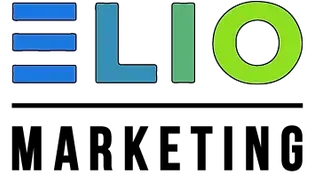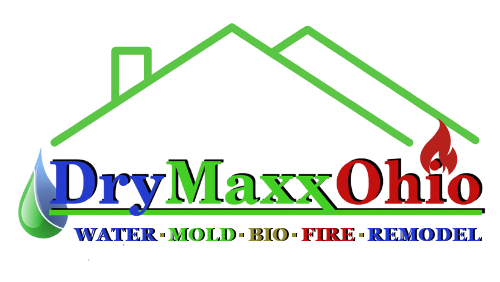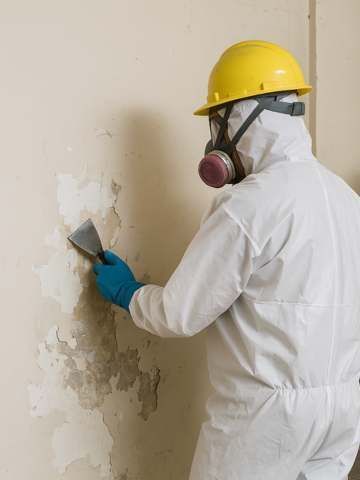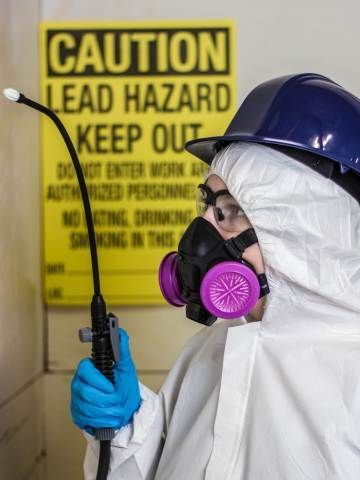Commercial Lead Paint Removal
Professional and Safe Commercial Lead Paint Abatement and Removal Services in Dayton, Ohio
Professional Commercial Lead Paint Abatement and Removal Services
At Dry Maxx Ohio, we have decades of experience in safely and effectively removing lead-based paint from commercial properties. In any business setting, the presence of lead paint can pose serious health risks to employees, customers, and contractors—especially in older buildings where lead paint may still be present on walls, ceilings, doors, and trim.
Our certified team specializes in lead paint abatement and removal, using industry-approved methods to contain, remove, and dispose of hazardous materials in compliance with EPA and OSHA regulations. Whether you're renovating, remodeling, or simply ensuring a safer environment, we’re equipped to handle every aspect of the process.
We focus on minimizing disruption to your operations while delivering thorough, professional results—restoring your commercial property to a safe, compliant, and lead-free space so you can continue business with confidence..
Commercial Lead Paint Abatement & Removal Contractors
Maintaining a safe and compliant environment is essential for your commercial property. Lead-based paint, commonly found in buildings constructed before 1978, can pose serious health risks to employees, customers, and contractors. At Dry Maxx Ohio, we specialize in professional lead paint abatement and removal services to ensure your business remains safe, healthy, and up to code.
Comprehensive Lead Paint Inspection & Removal
We conduct thorough inspections to identify lead-based paint on walls, ceilings, trim, and other surfaces. Using certified removal methods, our team safely eliminates lead paint while containing dust and debris to protect your indoor environment.
Surface Preparation & Encapsulation
When full removal isn’t required or feasible, we use safe and effective encapsulation techniques to seal lead paint beneath protective coatings, preventing exposure and future hazards.
Safe Disposal & Compliance
Our professionals handle the cleanup and disposal of hazardous materials in strict accordance with EPA and OSHA regulations, ensuring your property remains compliant and free of lead-based risks.
Contact Us About Lead Paint Abatement & Removal Services in Ohio
Odor and Smoke
We will get back to you as soon as possible.
Please try again later.
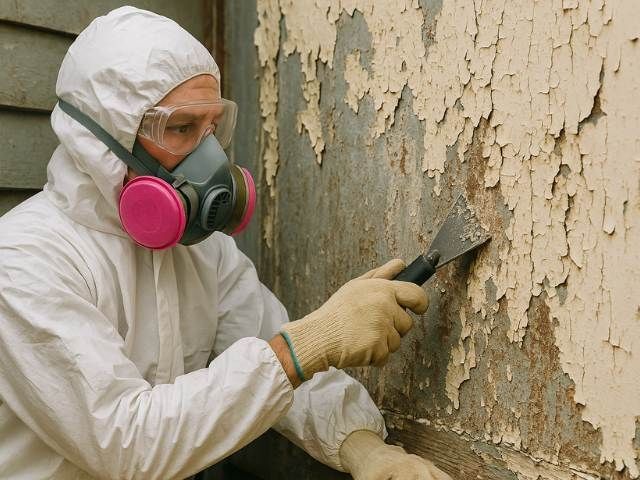
Types of Commercial Lead Paint Abatement & Removal Services We Offer
Site Inspection and Contamination Assessment
Identifying lead paint hazards is the critical first step in creating a safe and compliant commercial space. Our team conducts thorough on-site assessments using industry-standard testing methods to detect lead-based paint on surfaces like walls, ceilings, floors, trim, and fixtures—especially in older buildings constructed before 1978.
Lead Paint Removal (Stripping, Scraping, and Sanding)
Physical removal of lead-based paint from walls, ceilings, trim, and other surfaces using safe, EPA-compliant techniques like chemical stripping, wet scraping, and HEPA sanding.
Lead Encapsulation and Containment
In some cases, full removal isn't necessary. We offer professional encapsulation services, applying a specialized barrier coating that seals in lead paint and prevents it from chipping, peeling, or creating airborne dust—an effective, budget-conscious alternative to full removal.
Dust Control & Containment Setup
Installation of containment barriers, negative air pressure systems, and HEPA-filtered vacuums to prevent lead dust from spreading during abatement projects.
Post-Abatement Cleanup & Clearance Testing
Thorough cleanup of the worksite followed by final clearance testing to ensure the area meets all safety standards and is free of hazardous lead residue.
FAQs About Commercial Lead Paint Abatement & Removal Services
What is commercial lead paint abatement?
Commercial lead paint abatement is the process of identifying, containing, and safely removing or sealing lead-based paint in commercial properties such as offices, warehouses, schools, and retail buildings to ensure compliance with health and safety regulations.
What is lead paint removal and why is it important?
Lead paint removal is the process of safely eliminating or sealing lead-based paint to prevent exposure. It's crucial because lead can cause serious health problems, especially in children and pregnant women.
How do you remove lead-based paint safely?
Safe removal involves using protective equipment, sealing off the area, and employing EPA-approved methods like wet scraping, chemical stripping, or HEPA sanding. Always follow RRP (Renovation, Repair, and Painting) guidelines.
What are the different methods of lead paint removal?
Common methods include chemical stripping, encapsulation, wet scraping, and abrasive removal with HEPA filtration. The method used depends on the surface type and condition of the paint.
How do I remove lead paint from wood surfaces?
To remove lead paint from wood, professionals typically use chemical strippers, wet sanding, or encapsulation. Proper containment and cleanup are essential to prevent the spread of lead dust.
What’s the difference between lead paint removal and encapsulation?
Removal eliminates the paint entirely, while encapsulation involves applying a special coating over the lead-based paint to prevent exposure. Encapsulation is often less expensive but only suitable in certain situations.
How much does lead paint removal cost?
Lead paint removal costs can vary depending on factors like the size of the area, condition of the surfaces, and the removal method used. It's best to request a quote from a certified contractor for an accurate estimate.
What is the best way to remove lead paint?
The best removal method depends on the surface and condition of the paint. Common safe methods include chemical stripping, wet sanding with HEPA vacuums, and encapsulation. Hiring a certified professional ensures the safest and most effective result.
How do I safely remove lead paint from exterior surfaces?
For exterior removal, it's critical to use plastic sheeting to catch debris, HEPA-filtered tools, and wet methods to minimize dust. Follow local environmental laws for containment and disposal, as lead dust can contaminate soil and surrounding areas.
Is commercial lead paint removal required by law?
Yes, in many cases. Federal, state, and local regulations require lead-safe practices and certified contractors when disturbing lead paint in commercial or multi-use properties, especially those accessible to children or the public.
How long does commercial lead paint removal take?
The timeline varies based on the size and complexity of the job. Smaller projects may take a few days, while larger buildings or heavily contaminated areas may require several weeks.
What safety precautions are taken during commercial lead paint abatement?
Professionals set up containment zones, use negative air machines, wear protective gear, and follow dust control procedures to prevent lead exposure and environmental contamination.
Call Us Today for a Free Initial Inspection and Estimate!
Address
1918 Valley Street Suite D. Dayton, Ohio 45404
Office Hours
8 am - 5 pm Monday-Friday
24/7 calls for emergencies
Services Near Dayton
Payments
Cash, check & all major credit cards
There's no damage we can't manage!
Copyright © 2024 | All Rights Reserved | Dry Maxx Ohio
Built by
